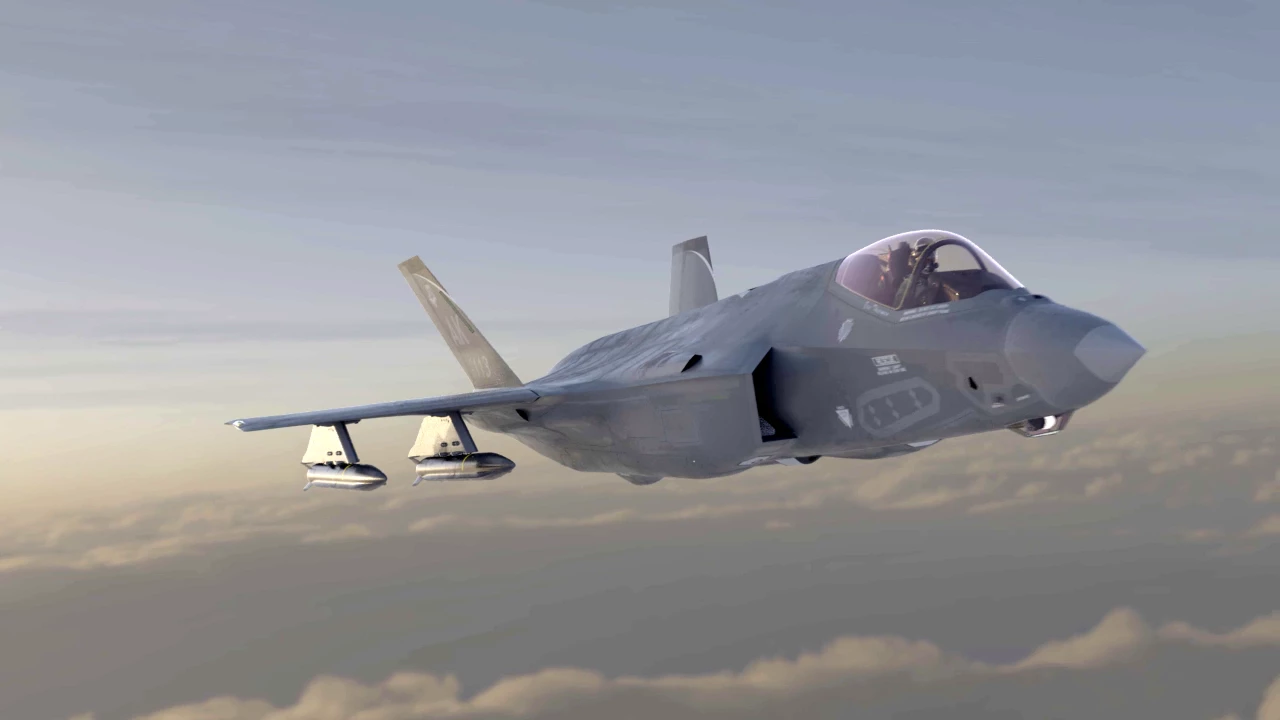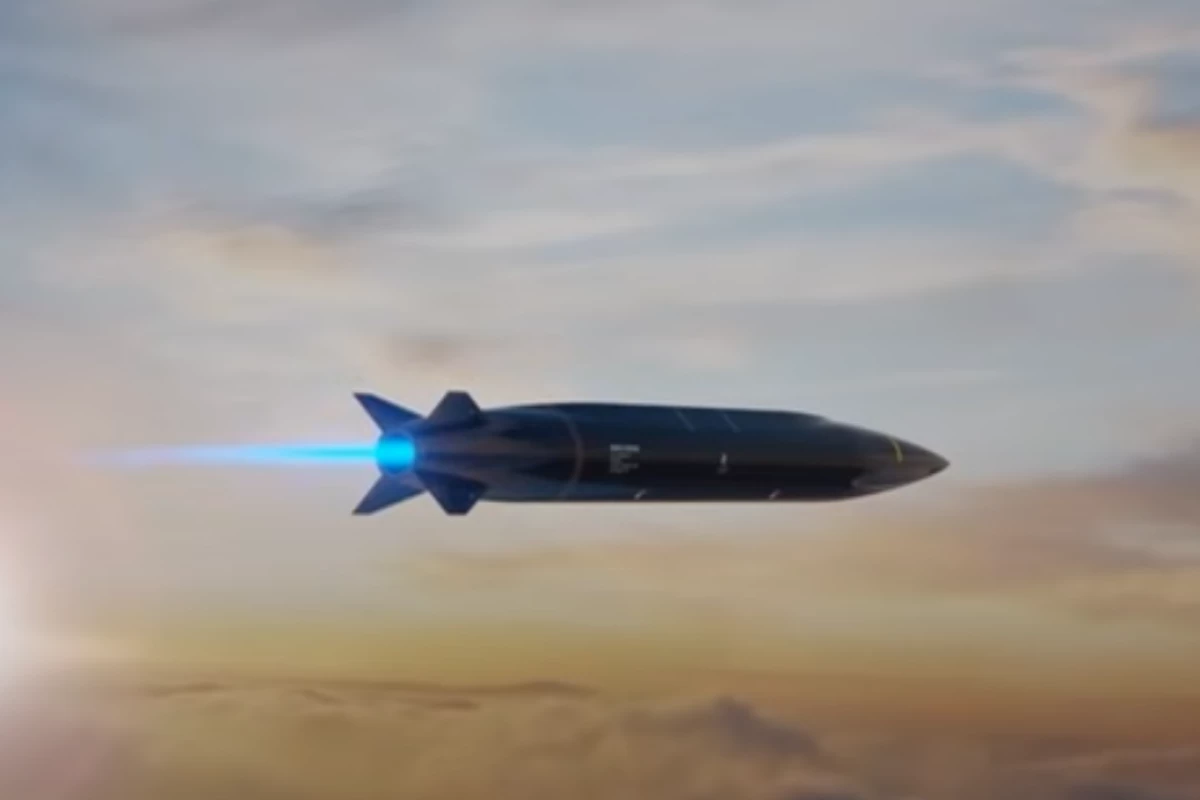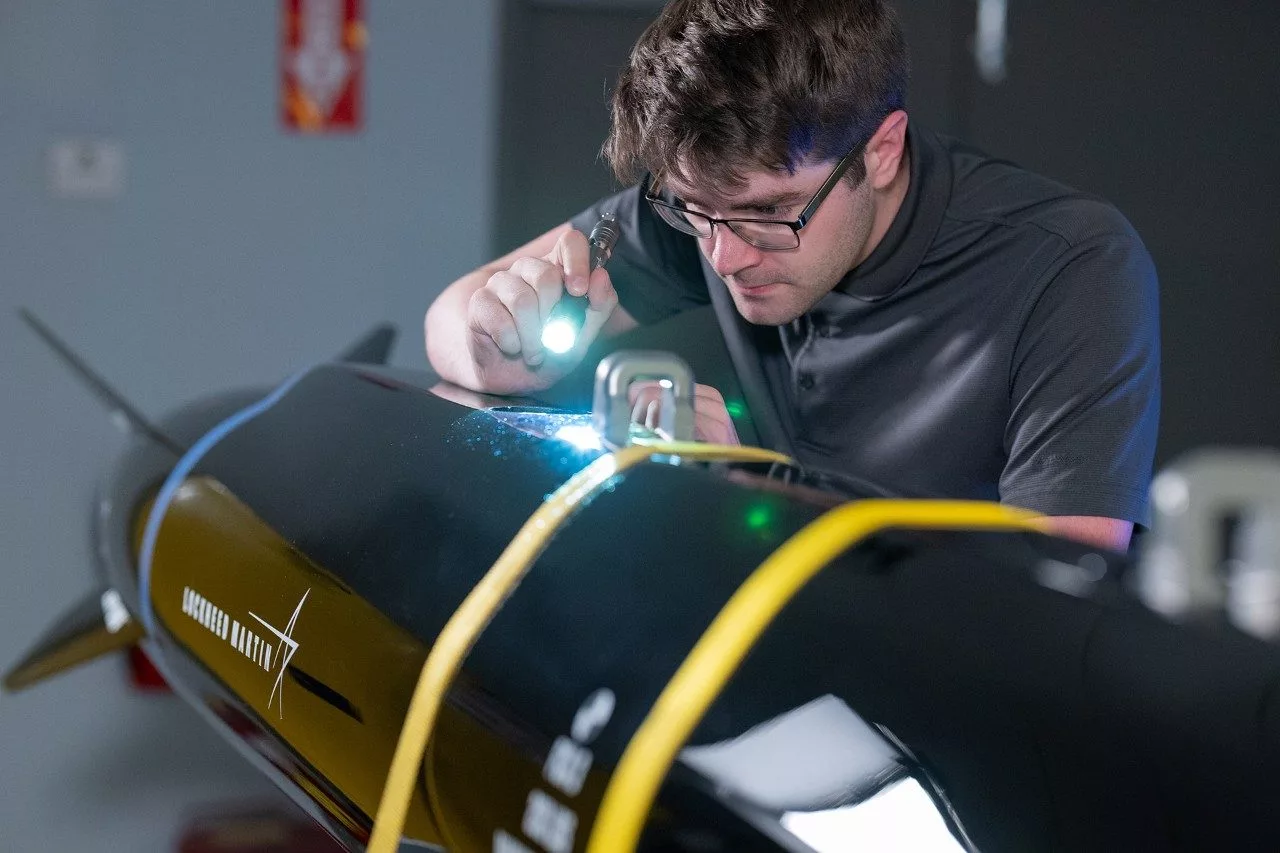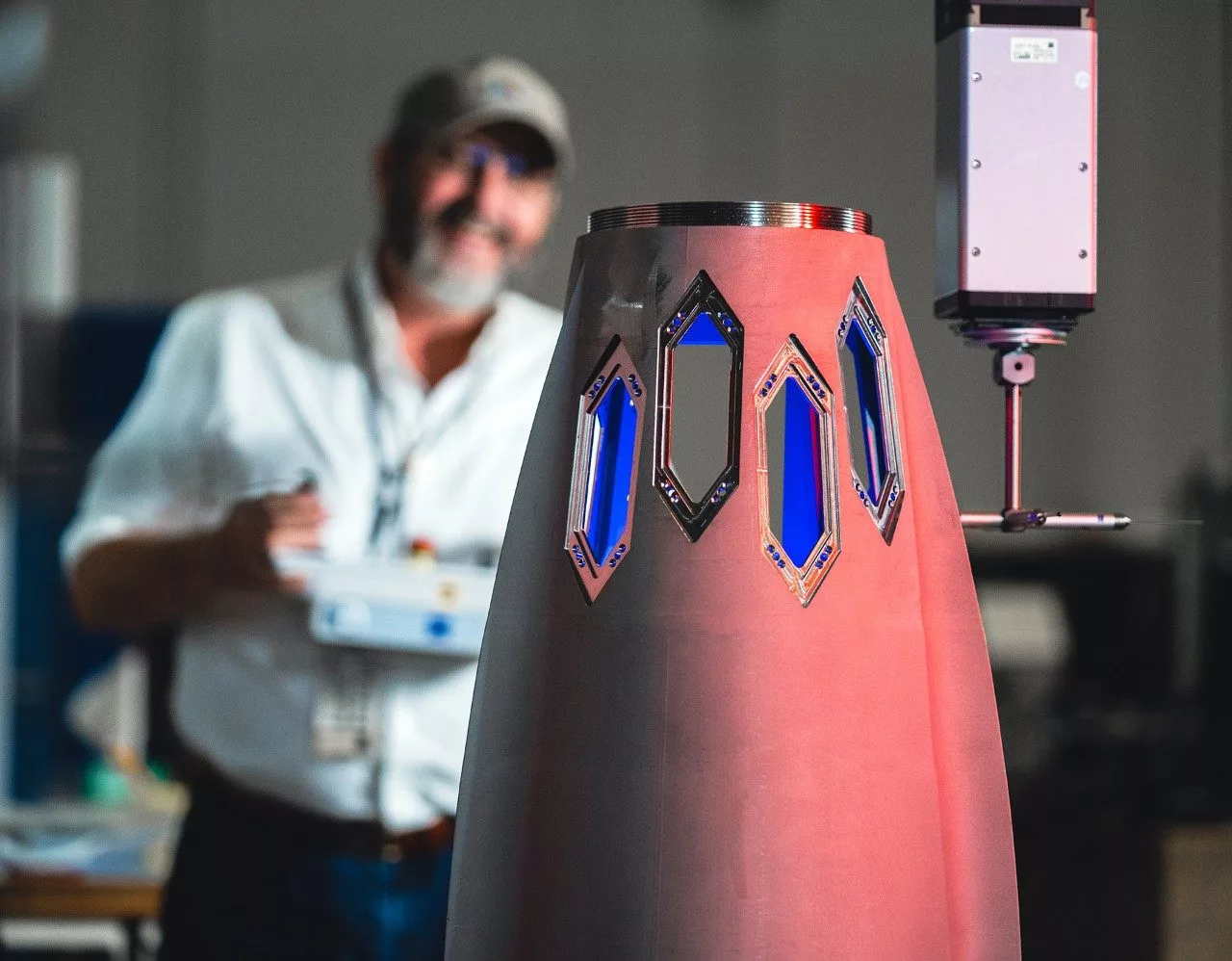Lockheed Martin has released more details about its Mako hypersonic missile that the company is building for the US Air Force and international customers. The multi-mission missile that flies at Mach 5+ can be launched from on a wide variety of aircraft.
In development since 2017, the Mako started life as an entrant in the US Air Force's Stand-in Attack Weapon (SiAW) program and was intended to be a missile that was both hypersonic and affordable. It's a logical combination in light of the geopolitical situation that has seen a dramatic shift from counterinsurgency warfare to a return to peer-to-peer conflicts where sheer force size counts.
First unveiled at the Sea Air Space 2024 exposition and described by Lockheed as a missile of 13s, it's 13 in (33 cm) in diameter, 13 ft (4 m) long, weighs 1,300 lb (590 kg), and can carry a 130-lb (59-kg) payload. The exact specifications of the Mako are still a secret, but it is propelled to hypersonic speeds by a simple solid rocket booster and it can be carried on Gen V fighters and many other aircraft, including the F-35A, F-35B, F/A-18, F-16, F-15, P-8, F-22, and F-35C. In fact, it can fit, internally or externally, on any aircraft fitted with 30-in lugs, which means it can be carried by bombers. The company also says that it can be deployed on submarines and ships, if needed.
However, the standout feature of the Mako, named after the fastest shark in the ocean, is its cost effectiveness. Hypersonic missiles are notoriously expensive, but the Mako gets around this by using an all-digital, open-architecture design for rapid development, 3D printing to build the guidance section and fins, and the heavy use of already proven technology, so reinventing the wheel wasn't necessary.
According to the company, this approach makes it easy to adapt the Mako for many different missions, including ones that need a swap-out guidance system for hitting particular targets. By using 3D printing, the guidance system alone is 1/10th cost and 10 times faster to produce than those produced using conventional methods.
The top speed of the Mako hasn't been disclosed – though it will exceed five times the speed of sound - nor has its range, but it's likely that it will be a stand-off weapon, relying on speed and the stealth features incorporated into its design. It's also small enough to fit inside the weapon bay of an F-35A Lightning II, which means the fighter plane can bring up to six to bear in combat, which is a first for hypersonic missiles. If it is deployed on ships or submarines, the Mako can be fitted into existing vertical launch systems, removing the need for bespoke launchers.

With Russia and China building large, sophisticated air defense systems in the wake of Russia being unable to achieve air dominance during its invasion of Ukraine, Mako and similar systems are aimed at overcoming these by means of large stockpiles of cheap, hypersonic weapons that can take out both air defenses and high-value targets.
The exact cost per unit of the Mako has yet to be made public.
Source: Lockheed Martin







